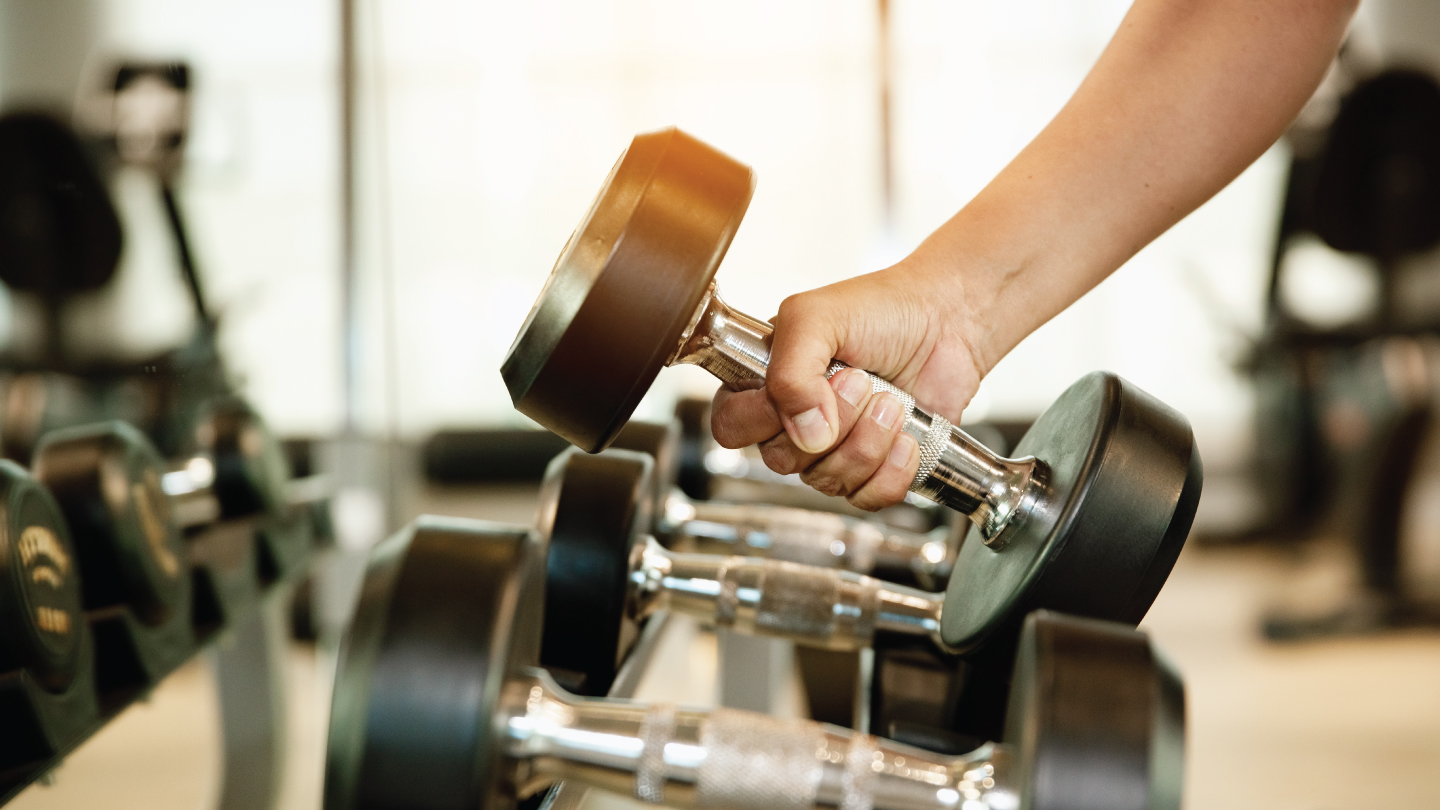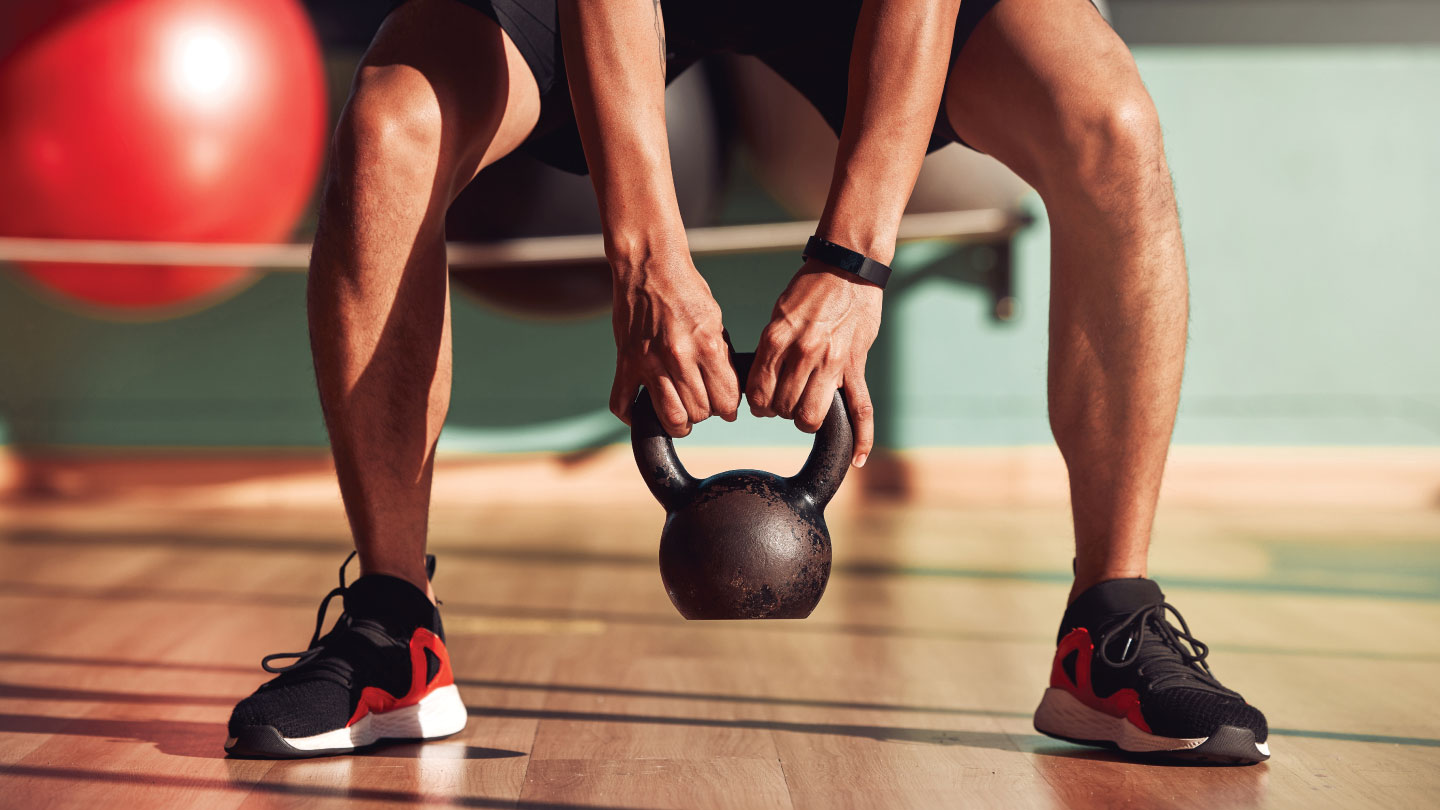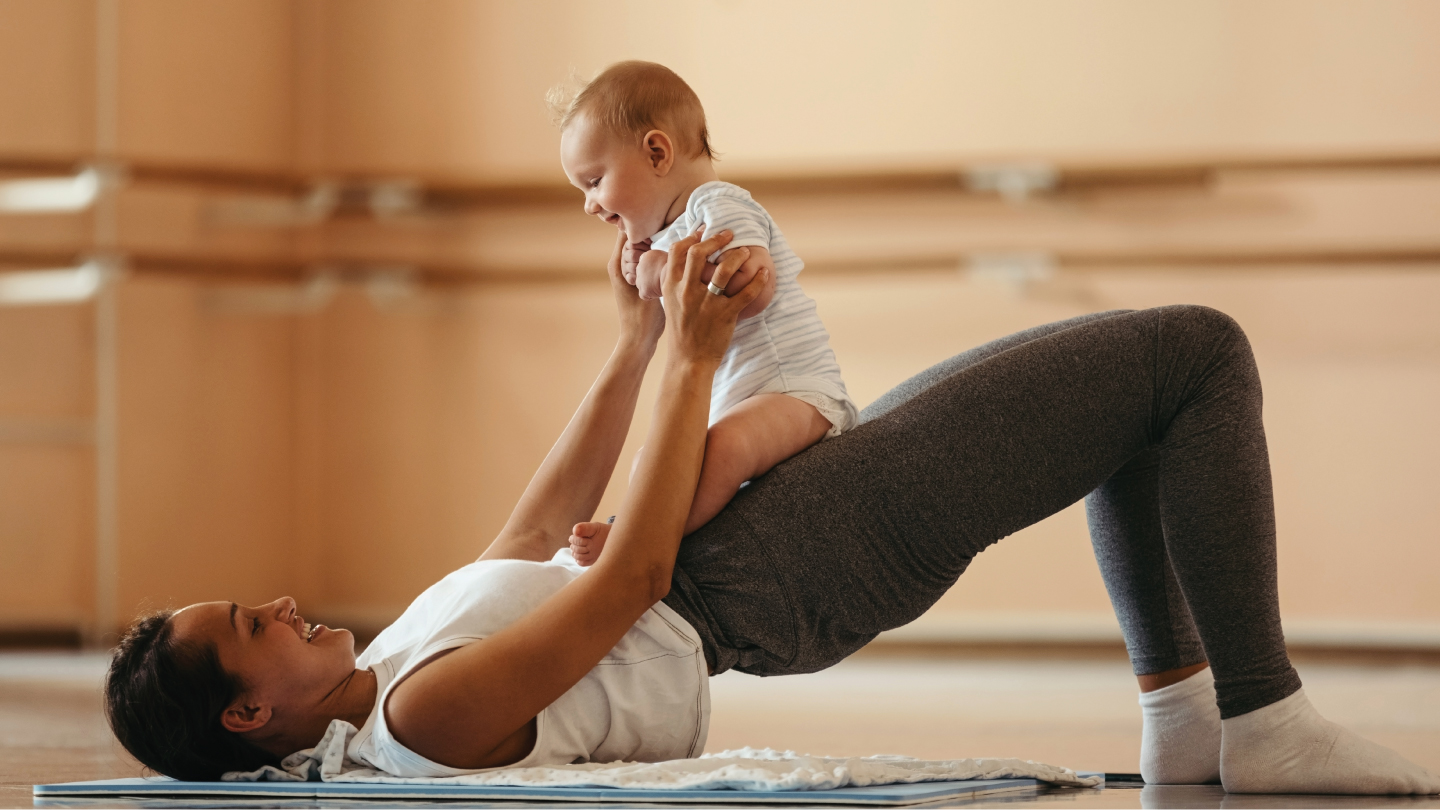Movement
5 Expert-Backed Steps to Protect Your Bones
From diet to movement, here’s how to make your bones fracture-resistant.

While most of us only think about bones when there’s a fracture or an osteoporosis scare, the truth is they’re living tissue that respond to what you do and eat, every day. In a country like India, where rising sedentary lifestyles and dietary gaps are making bone issues more common, investing in bone health early can change the trajectory of your life. To help you do that, we spoke to Krishna Sadvale, based in Hyderabad, a celebrity fitness and lifestyle coach with over 10 years of experience in rehabilitation, transformational training, and holistic fitness coaching. His insights cut through myths and offer actionable steps for stronger bones at any age.
Related story: Development and Maintenance of Healthy Bones
Step 1: Prioritise Weight-Bearing and Resistance Training
“Weight-bearing exercises combined with resistance training are the most effective forms of movement for long-term bone strength,” says Sadvale. Unlike swimming or cycling, which provide limited gravitational load, activities like brisk walking, jogging, stair climbing, dancing, or playing sports (football, pickleball, tennis) directly stimulate bone remodelling by creating micro-stresses in the skeletal tissue.
Pairing these with resistance training, whether free weights, resistance bands, or bodyweight moves like squats, lunges, push-ups, and pull-ups, further amplifies the effect. These exercises apply additional load, triggering osteoblasts (the cells that form new bone tissue) to work harder. The key is consistency and progression. Gradually increase intensity or load over time, and include varied movement patterns to challenge bones from multiple angles. This approach helps reduce fracture risk and encourages balanced bone strength.
Related story: Should I Be Doing Cardio Before Weights? An Expert Weighs In
Step 2: Balance Challenge and Safety in Your Routine
For people with osteoporosis or those at risk, Sadvale emphasises starting cautiously. “I always begin with a thorough assessment of someone’s health status, bone density, and balance before designing their program,” he explains. He typically recommends low-impact weight-bearing activities at first, such as modified squats, step-ups, or resistance band exercises. Importantly, he integrates balance and proprioception training, heel-to-toe walking, calf raises, and bird-dog poses to cut fall risk, which is a leading cause of fractures among older adults.
Progression must be gradual. “We apply mechanical stress to challenge the bone but stay within the person’s functional capacity,” says Sadvale. Equally vital is education, teaching clients why an exercise works and how to perform it safely. Proper form matters, especially avoiding movements like excessive spinal flexion or twisting, which may heighten fracture risk.
Related story: Self-care Isn’t Selfish—Deanne Panday On Finding Balance, Happiness And Being Healthy From Inside Out
Step 3: Debunk Myths About Weight-Bearing Exercise
“Simply walking casually or standing around rarely provides enough mechanical stress to trigger significant bone remodelling,” Sadvale warns. Many people assume any weight-bearing movement is enough; in reality, intensity and novelty matter. Another common myth, especially among women and older adults, is the fear of getting “too muscular” or getting injured from resistance exercises. Sadvale clarifies that hypertrophy (muscle bulk) depends on diet, training volume, and progressive load, not just doing weight-bearing movements. When done with proper technique and supervision, these exercises are safe and critical for bone health.
Stagnating at low loads or relying solely on machines is another pitfall. Machines may feel safer, but they don’t engage the stabilising muscles needed for balance and fall prevention. Free weights and bodyweight movements mimic real-life functional patterns, delivering greater benefits for bones. Lastly, people often neglect core and balance training altogether, despite falls being the main cause of fractures. Integrating balance work alongside weight-bearing exercise closes this gap.
Related story: 5 Reasons To Start Lifting Weights
Step 4: Support Exercise with Smart Nutrition
“Nutrition is a cornerstone in the holistic approach to bone health,” says Sadvale. Calcium and vitamin D work synergistically; calcium provides structural strength, while vitamin D enhances calcium absorption. Deficiency in either compromises bone mass. Sadvale often evaluates clients’ diets for gaps. For those falling short on calcium, especially vegetarians or vegans, he recommends foods like dairy, fortified plant milks, leafy greens (kale, bok choy), tofu, almonds, and seeds. When diet isn’t enough, supplementation under medical guidance helps.
Related story: 7 Easy Ways To Get Enough Calcium When You’re Vegan
Vitamin D is trickier. In India, sunshine is abundant, but lifestyle factors may still cause deficiencies. “About 15–30 minutes of sunlight between 10 a.m. and 3 p.m. a few times a week can suffice for many,” says Sadvale. Still, supplementation is widely recommended when natural synthesis falls short.
He also stresses timing and dosage; calcium supplements should not exceed 500 mg per dose for optimal absorption, and calcium citrate is better tolerated for those with digestive sensitivities. Other nutrients like protein, magnesium, and vitamin K also play a role. Clients who adhere to both exercise and tailored nutrition show faster improvements in bone density, muscle function, and fall-risk reduction, a comprehensive defence against fractures (check with a doctor before taking medication).
Related story: Healthy Foods That Are High in Vitamin D
Step 5: Adopt One Daily Habit That Really Works
If you could only change one thing today? Sadvale’s answer is simple: move more. “Engage consistently in a weight-bearing physical activity for at least 30–40 minutes, 3–5 days a week,” he advises.
Brisk walking, stair climbing, dancing, or bodyweight squats and lunges all apply mechanical loads that stimulate bone remodelling and growth. Even moderate-intensity walking can help, especially when paired with occasional higher-impact or resistance sessions. This habit is accessible, adaptable to any fitness level, and supports not just bones but also cardiovascular health, joint function, and mental well-being. Regular movement is the most impactful behavioural change anyone can adopt immediately to future-proof their skeleton.
Related story: 5 Things You Should Be Doing For Healthy Bones
Key Takeaways
- Combine weight-bearing and resistance training for the most powerful bone-strengthening effect.
- Start safely and progress gradually, especially if you’re at risk of osteoporosis.
- Intensity and novelty matter; don’t stagnate at low loads or rely solely on machines.
- Nutrition counts as much as exercise; ensure sufficient calcium, vitamin D, protein, and other supportive nutrients.
- Move daily; consistent weight-bearing activity is the simplest way to build lifelong bone resilience.
Related story: Bone Health: Essential Care for Working Women
Bone health isn’t just about avoiding fractures; it’s about staying mobile, independent, and active as you age. As Krishna Sadvale puts it, “Consistent, well-designed movement plus smart nutrition is your best insurance policy for strong bones.” Start today, and your future self will thank you.
At UR.Life Nutritional Counselling, we believe that personalised guidance is the key to lasting health and wellness. Our expert nutritionists tailor plans to fit your unique lifestyle, dietary needs, and fitness goals, empowering you to make mindful food choices every day. Whether you want to manage weight, boost energy, or improve overall well-being, UR.Life Nutritional Counselling is here to support you on your journey to a healthier, happier life. Join us to nourish your body and transform your habits with confidence.
EXPLORE MORE
These kettlebell lower body exercises target different muscle groups in both men and women, improving balance, increasing overall performance, and helping sculpt lean legs.
Thinking of running your first marathon? Running coach Suresh Srinivasan breaks down everything you need to know—from building a solid base to race-day mindset.
You’ve done yoga on a mat; now discover the practice that literally lets you fly while toning your core and calming your mind.
From gentle Pilates to mindful breathing, holistic wellness expert Vesna Jacob explains why true postpartum recovery is all about rebuilding trust, strength, and reconnecting with your body.







.jpg)
.jpg)

